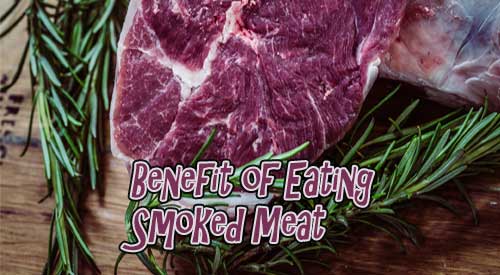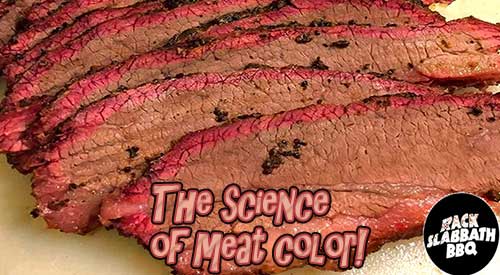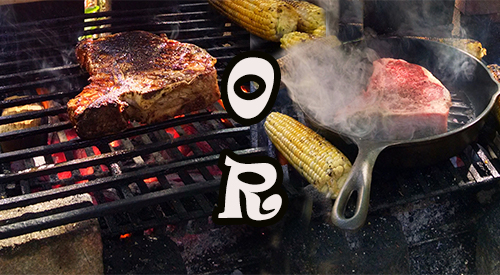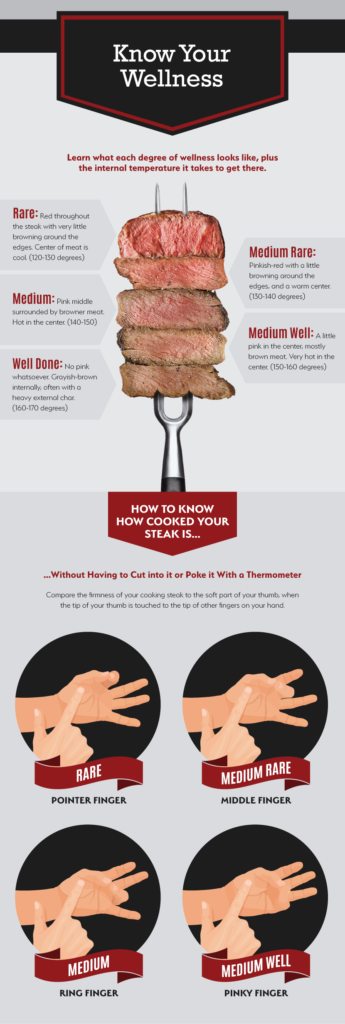Wed 12 Aug 2020
BENEFITS OF EATING SMOKED MEAT- HEALTHY & FLAVORFUL
Posted byRead other related stories: General Smoking Information
No Comments

Benefits of eating smoked meat by Kylee Harris is a great read for our subscribers!
Guest blog- Kylee Harris on Benefit of Eating Smoked Meat

While smoking meat has been known to be a rather controversial cooking method, there may just be some benefits when eating it in moderation as part of a healthy and balanced diet. From being a great source of nutrition to offering a low-fat alternative to other meat cooking methods, smoking your meat may just become your favorite — if it isn’t already! No matter what kind of meat you prefer to smoke, the health benefits that can come along with it can make your favorite smoked meal a regular occurrence.
A Body-Building Source of Protein
Meat is well-known for being a great source of protein for those focused on body-building fitness goals, though smoking it has been known to be hazardous to your health when done in ways that allow harmful carcinogens into the food. However, one study shows that the amount of carcinogens in smoked meat depends on the smoking method used. For instance, some woods, like hickory can allow for fewer carcinogens as opposed to others like beech. For that reason, smoking meat with healthier options (like hickory) can reduce the number of carcinogens and allow you to reap the protein-packed benefits at the same time.
Through less-carcinogenic smoking options, you’ll be able to consume healthier prepared smoked meat, which can provide a great source of protein and energy. This is especially beneficial for people who are looking to stay in shape and build muscle in conjunction with other body-building supplements like Selective Androgen Receptor Modulators, or SARMS, which are known to have limited side-effects. Overall, it’s quite possible that smoking your meat (in addition to a healthy diet and exercise regime) may have a huge payoff when it comes to the gym.
A Low-Fat Option
When many think of cooking their favorite meat dish, there’s no doubt that oils, fats, or other unhealthy additives play a part. For instance, frying chicken can involve excess greases.
However, smoking your meat can prove to be a great way to avoid these extra and unnecessary fats, bringing a more guilt-free alternative to the table over sauteeing or pan-frying it. The process of smoking the meat may even be able to reduce the fat that’s in the meat itself, by allowing it to drip out – thus decreasing the total fat content.
A Great Source of Nutrients
One of the greatest things about smoking meat is how it can provide essential nutrients to the body. For example, smoked fish is abundant in omega-3 fatty acids, which are known for lowering blood pressure and slowing down the process of plaque developing in the arteries. Many other smoked meats also provide a high content of iron as well, a vital mineral mainly found in red blood cells that plays a role in immune system function and even treating conditions like anemia.
While smoking your meat can be a flavorful way to cook it, it’s important to know that there may just be some health benefits involved. From being a great source of nutrients to being part of a healthy and balanced diet, smoking your meat with less carcinogenic wood can prove to be quite beneficial to your health.

More related reading on benefits of eating smoked meat see our smoking & Grilling tips and technique see our directory on previous blogs!
Related readings:
-3 METHODS OF SMOKING BOSTON BUTT FOR AUTHENTIC BARBECUE FLAVOR
-WHY IS MY BARBECUE MEAT DRY??
-CUTS OF MEAT THAT GRILL & SMOKE WELL & PROVIDE MORE THAN ONE MEAL
-THE SCIENCE OF MEAT COLOR INCLUDING THE INFAMOUS SMOKE RING

Dr. Smoke-Kylee Harris’s Benefits of Eating Smoked meat is full of great information.






